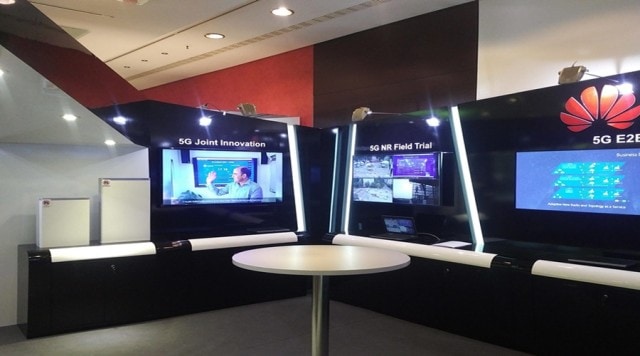5G: Huawei and Vodafone Test High and Low Frequency Bands for Dense Urban City Scenarios
[Frankfurt, Germany, October 13th, 2016] Huawei announces that working with Vodafone it has successfully tested 5G mobile connectivity using high and low frequency bands. The companies have demonstrated 1.5 kilometers cell coverage in the lower C-Band and 5Gbps peak throughput for a single user in the high band. It is the world’s first 5G large scale mobility field test of macro coverage in dense urban city scenarios.

The support of mobility capability plays a key role in the adoption of 5G applications such as augmented reality (AR) and virtual reality (VR). It is believed that these applications could require more than 100Mbps average data rates and gigabit speeds for multiusers in hotspot areas. The performance achieved in this realistic environment study is an important reference for next generation mobile network (NGMN) and European trial initiatives to develop and verify solutions for a future 5G commercial launch plan.
Yang Chaobin, President of Huawei 5G Product Line, said: "Huawei and Vodafone are strategic partners and we are now expanding our collaboration. As a leading operator in Europe and many other regions of the world, Vodafone has played a leading role in driving innovation. I am confident that the breakthrough we achieved today is just the beginning, and we expect more exciting results in the future."
Luke Ibbetson, Head of Vodafone Group Research and Development, said, "The results of these tests are an important development and help further our understanding of how 5G mobile connectivity performs in high and low frequency bands. We look forward to continuing our collaboration with Huawei to test and evaluate emerging 5G technologies.”
In the joint research of 5G New Radio (NR) candidate technologies, it is demonstrated that Filtered-OFDM, Sparse Coding Multiple Access (SCMA) and Polar Code works stably with the massive Multi-User MIMO (MU-MIMO) technology, and the spectrum efficiency is improved approximately three times when compared with LTE. According to the field test, the peak cell throughput of 18Gbps under 200MHz bandwidth in the Sub6GHz band, and air interface latency of 0.5ms in the 5G New Radio user plane were achieved.
5G will be the next generation of mobile technology set to be available by 2020. Huawei and Vodafone signed a 5G strategic memorandum of understanding (MoU) in 2015 and a 5G Technologies Acceleration MoU in 2016.

